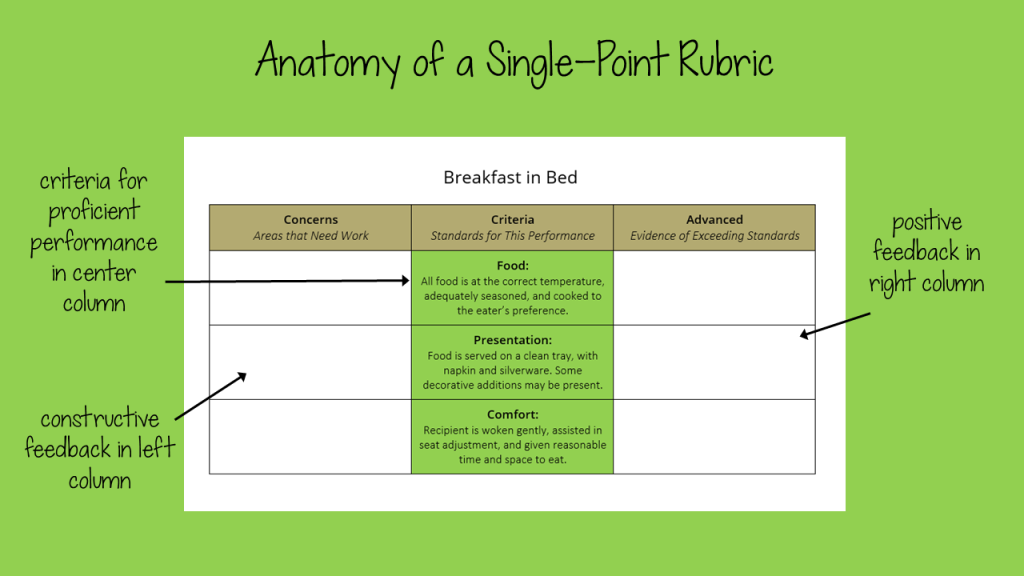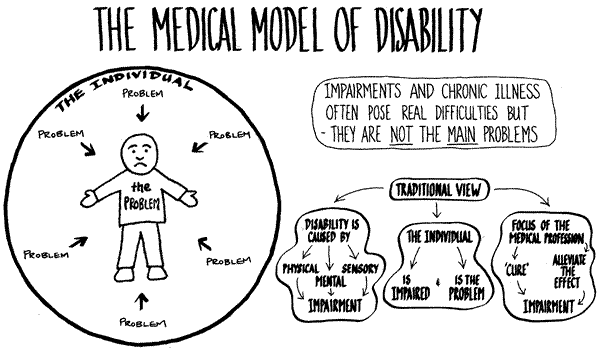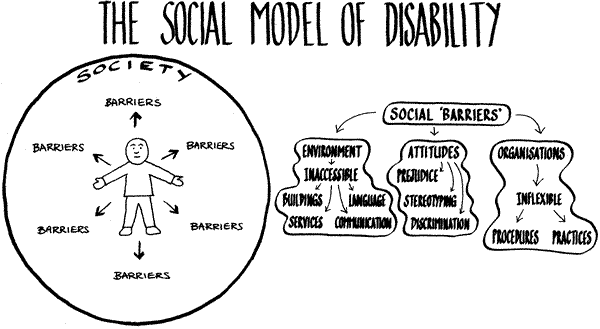I want to begin by discussing the Dea Boster article, because it speaks to the different ways in which disability was used to resist slavery. Slavery is a system of control and thus requires the ability to render behavior docile. Boster explains how "epilepsy's associations with madness spoke to larger cultural concerns about uncontrollable behavior; it is not surprising, therefore, that the most terrifying aspects of epilepsy...were its incurability and unpredictability" (277). Boster thus communicates how epilepsy represented a vulnerability of slavery because it presents the opportunity of unpredictability.
According to Boster, epilepsy was used in a variety of ways to undermine slavery.
First, slaves could fake epilepsy as "a negotiation or resistance strategy in the antebellum South" (290). Epilepsy was grounds for annulment of a slave-transaction, which gave slaves a way to disrupt the flow of the slave trade. Also, malingering represented a way for slaves to demonstrate the uncontrollability of their bodies, as explained above. Boster outlines how it is nearly impossible to distinguish a real attack of epilepsy from a feigned one, and that this ambiguity created fear and uncertainty among slave owners.
Second, epilepsy was used to expose the physical violence incurred by slaves at the hands of their masters. Many people believed that physical abuse could result in epilepsy, and that "epileptic fits in slaves were often linked directly to physical abuse" (286). Boster gives the example of Harriet Tubman, who was hit in the head accidentally by her slave master. Boster continues by outlining how epilepsy thus revealed the violence that took place against slaves by exposing the lasting effects of physical abuse.
Third, and arguably most important, epilepsy was used to generate support for the abolitionist movement in the north. Boster elucidates, "epilepsy...was used to shock and convert Northern audiences to the abolitionist cause" (286). This strategy utilizes the argument I explained above about exposing violence to reveal to Northerners the extent of the violence incurred by the slaves, which generated broader support for abolition.
Thus, Boster argues it is impossible to understand abolition without understanding epilepsy or attitudes regarding disability in the ante-bellum South. Mr. Kogan's paper also emphasizes the importance of disability with regards to abolition.
Mr. Kogan elucidates how Benjamin Lay used his abnormal body to generate awareness and empathy for the abolitionist cause. The anecdote regarding Lay in the snow serves to demonstrate how empathy regarding his disability was then redirected to create empathy for slaves who shared similar experiences.
Mr. Kogan also explains how the outcast position of Benjamin Lay allowed him to take up a public advocacy without any risk to his social standing, as he had "already lost official recognition in the Meeting" (5). Mr. Kogan's paper is particularly interesting because it traces the historical depictions of Benjamin Lay to emphasize how "Lay's disability played a critical role in the historical memory surrounding him and his advocacy" (11).
Here, one can see the portrayal of Benjamin Lay not as negative, but as empowered. Thus, it is possible to understand that Lay was not seen as overwhelmingly negative.
One should also note note how the medicalization of Lay's disability also created the perception that he was abnormal mentally as well, which "became an asset that gave him a tempestuous attitude and spurred him forward in his abolitionism" (7). The importance of disability in cultivating an abolitionist ethic is epitomized when Kogan writes, "This mind-body connection made Lay's unconventional and strident abolitionism intelligible to a nineteenth-century audience" (2). Here, Mr. Kogan explains how the idea of abolitionism at the time was not the norm; however, Lay's disability allowed him to take up this advocacy in a way that people would understand, and the nineteenth-century audience was able to create a narrative that explained why Lay was advocating for abolitionism (a result of his mental and physical disability, they believed).
Finally, the Nielsen article begins by outlining how white women and African Americans were disabled because of their "inability to labor" (56). This understanding shifts from a medical model of disability to a more social one, in which one is disabled by their social status. However, the article continues by focusing on the physical aspects of disability as well. I am not going to repeat much of the "disability cultivated an abolitionist ethic" because I explained most of that above, but on page 58, Nielsen writes how "abolitionists used disability to argue against slavery" by emphasizing the physical violence of slavery.
Before I pose a few questions, I want to draw attention to the question of intersectionality. The Nielsen article discusses how things like childbirth were different for women of color as opposed to white women, and how the situation was also influenced by the potential for birth defects. The Boster chapter's reference to Virginia explains how her "status as a slave likely had implications for the kind of treatment she would receive and who was responsible for her care" (279). Here, one can see how disability is also affected by question of race, gender, class, and so on.
Here are some questions to think about before our class discussion:
--To what extent was epilepsy as resistance effective? Were there instances in which using epilepsy to resist slavery was actually ineffective?
--While malingering may have been effective, could it also have been counter-productive in terms of pretending to be disabled? It seems almost like a commodification of disability.
--What happens if everyone gets to claim to be disabled? What are the dangers associated with equating disability with a lack of productivity (Nielsen) as opposed to a physical disability? Who isn't disabled through this understanding? Were all African Americans considered disabled?
--In what ways would our understanding of slavery and disability change if we focused on the more social aspect to disability?
--In what ways would an intersectional approach help or hinder our understanding of abolition?






